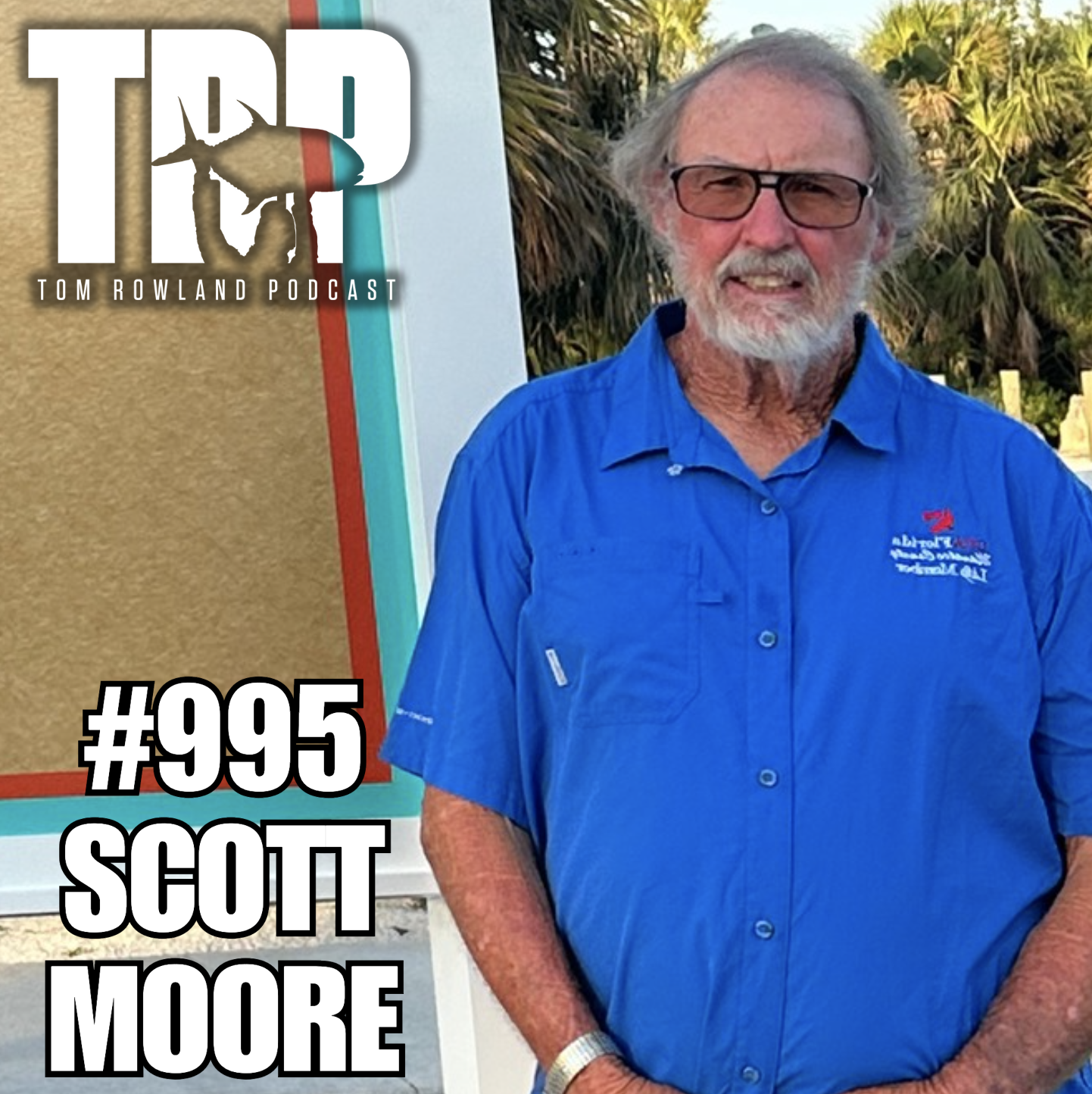Fly Line Management In A Skiff
TOM ROWLAND PODCAST
LISTEN NOW ON ITUNES, PODCASTS, SOUNDCLOUD, SPOTIFY, OR STITCHER!
“There are many days where you will get only one good quality shot, the thing that you’ve been waiting for. And you want to do everything you could possibly do to prepare yourself for that shot.”
Podcast Synopsis
Today we are going to talk about something that every guide has discussions with their clients about. I am even willing to say that this is the single most important thing to success in fly fishing. Believe it or not, I do not believe that your ability to cast is the most important thing in fly fishing for these fish. I say that, because I will see someone who has a really good cast but has a bad skill set in fly line management in a skiff. What does that mean?
Fly line management is when you have 60, 70, 80 feet of line in the boat, waiting to cast, that it is in a nice orderly way so that when you cast it doesn’t tangle or get blown in the wind… A lot of people have poor fly line management skills and you will end up not catching the fish; in these cases everyone will get frustrated and the guides will be watching this and thinking, “that could have been avoided.”
On the guide’s part this requires good communication and probably a little training beforehand, and on the angler’s part it requires a lot of attention and follow some of these steps for fly line management:
When you show up to a new spot, you stand up on the deck with your fly rod - from here you want to get enough line out to be able to handle any situation I that spot but not too much line that it is too much to handle. NEVER GET BACKING OUT ON A BOAT. This results in a tangle every time. So, most anglers are going to be able to cast comfortably about 60 feet. In saltwater you don’t want to do the thing where you start false casting and you are pulling 6-8 inches of line off the reel (like in trout fishing). What you want to do is go ahead and strip off all the line that you are going to need right away.
This line belongs in the cockpit or some sort of a stripping basket. If you are using the cockpit you will step down into a clean and uncluttered cockpit and you will pull off your 70 feet of line (for 60 feet you pull off 70 because you never want to snap tight to the reel). You pull the line off the reel into a pile so that the line that will go out first is on the top of the pile (because if you pull the line from the bottom of the pile you will get a knot). The way you reverse the line is you pull the line off and then hold the rod like you are going to strip a bonefish/tarpon fly in.
So I have the handle, I have the line underneath my index finger and I am going to reach between the reel and my index finger and I am going to grab that little loop of line. Then I am going to stand off to the side of the pile that I formed and I am going to start stripping and forming a nice, neat pile. What I will do is set my rod down and I will stretch the line (this reduces risk for knots) where I will stretch the line almost my entire wingspan and then set it down into the organized pile and go all the way until the leader meets the fly line.
At this point you can stand up on the deck and your line is residing in the cockpit. Then, to deal with the wind, if you have a left-hand wind I will stand with the line to my right (and visa versa). This way the line will not blow into my feet and get tangled up. At this point a lot of people want to start practice casting - THIS IS NOT THE TIME - that should have happened before the trip. Don’t start practice casting, and lastly you want to make sure your fly line or leader is getting anywhere anywhere near where the guide is pulling the boat. So what you want is to have your fly rod pointing forward so you can point where the guide says the fish is (11 o’clock you immediately point where you think 11 o’clock is).
This episode was brought to you by WaypointTV. More than 2000 episodes of the best Hunting and Fishing shows and short films are available for free on any device. Check out http://waypointtv.com and follow them on their great Instagram accounts:
See you on the water,
-Tom Rowland











